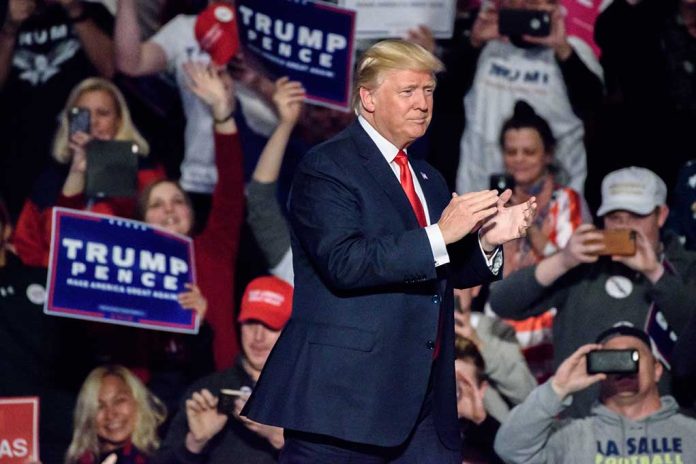
President Donald Trump mandated a push for radical transparency in government spending, highlighting waste and inefficiencies.
Key Takeaways
- Trump ordered federal agencies to publicly disclose terminated programs and financial mismanagement.
- Criticisms included excessive spending on projects that don’t benefit American citizens.
- The administration reported saving $55 billion by cutting inefficient spending.
- Efforts aligned with audits by the Department of Government Efficiency (DOGE).
- Americans were to gain insight into public finances used for partisan projects.
Trump’s Directive for Transparency
President Donald Trump unveiled a memorandum titled “Radical Transparency About Wasteful Spending,” a directive compelling federal agencies to disclose detailed information on spending. This document, released by the White House, targeted inefficient and ideologically driven programs. The clear focus was ensuring funds genuinely serve the American public, with an emphasis on enhancing fiscal accountability across government sectors.
The initiative aimed to curb unnecessary spending by demanding disclosures of programs, contracts, and grants with no substantial taxpayer benefits. Social Security discrepancies and questionable international aid were among several focus areas. Trump emphasized the government’s responsibility to openly share how citizen’s hard-earned money was utilized.
“The American people have a right to see how the federal government has wasted their hard-earned wages,” Trump stated in the memo.
Spotlight on Agency Accountability
The Department of Government Efficiency (DOGE) collaborated actively, leading audits that identified significant wasteful spending. Their success was notable, highlighting programs with misplaced taxpayer funds, a term described as “misplaced” by DOGE in reports. There was a calculated effort to dismantle bureaucratic barriers, enabling a more streamlined flow of taxpayer dollars toward beneficial initiatives. Trump’s initiative scrutinized and criticized recent environmental and social expenditure strategies under the Biden administration, sparking debates over priorities in federal spending.
Realigning Spending with Public Interest
As the Trump administration sought to realign spending with national interest, it criticized the allocation of around $20 billion toward projects labeled as partisan. Reports included investments in international diversity initiatives and domestic environmental justice grants. By redirecting funds away from these programs, the administration revealed $55 billion in savings, positioning itself as a watchdog safeguarding public finances. This ongoing effort to eliminate systemic waste fell in line with the administration’s broader deregulation initiatives, ensuring future regulations align with tangible taxpayer benefits.
For Trump, eliminating wasteful government expenditure was a key promise from his campaign now delivered.
“And now you see the Democrat Party and the mainstream media spiraling out of control about a very simple promise: rooting out waste, fraud, and abuse from our federal bureaucracy. This is a promise President Trump campaigned on. He is now delivering on it,” voiced Karoline Leavitt, White House press secretary.





